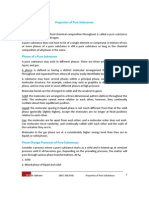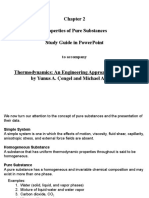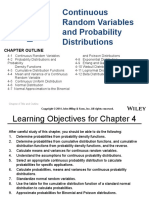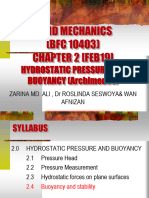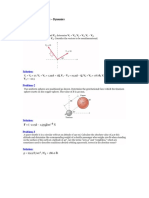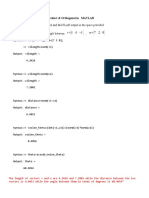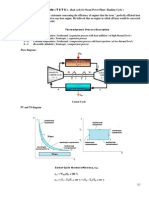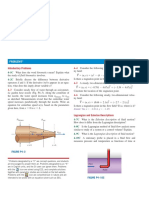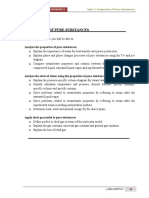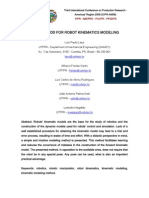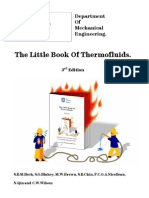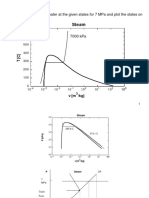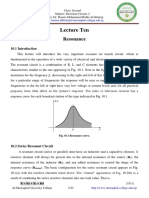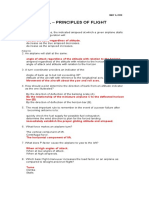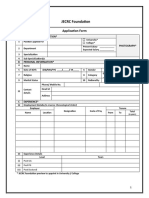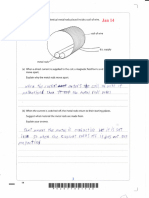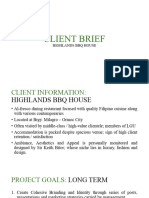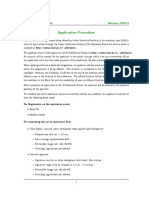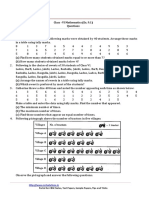0% found this document useful (0 votes)
517 views17 pagesTHERMO1 - 3 Evaluating Properties PDF
The document provides examples of thermodynamic problems involving water and ideal gases that evaluate various thermophysical properties at different states. The examples cover pure substances and mixtures undergoing phase changes and thermodynamic processes like heating, cooling, compression, and expansion. Key thermophysical properties calculated in the examples include temperature, pressure, specific volume, internal energy, enthalpy, and mass.
Uploaded by
Edmark AldeaCopyright
© © All Rights Reserved
We take content rights seriously. If you suspect this is your content, claim it here.
Available Formats
Download as PDF, TXT or read online on Scribd
0% found this document useful (0 votes)
517 views17 pagesTHERMO1 - 3 Evaluating Properties PDF
The document provides examples of thermodynamic problems involving water and ideal gases that evaluate various thermophysical properties at different states. The examples cover pure substances and mixtures undergoing phase changes and thermodynamic processes like heating, cooling, compression, and expansion. Key thermophysical properties calculated in the examples include temperature, pressure, specific volume, internal energy, enthalpy, and mass.
Uploaded by
Edmark AldeaCopyright
© © All Rights Reserved
We take content rights seriously. If you suspect this is your content, claim it here.
Available Formats
Download as PDF, TXT or read online on Scribd
/ 17
